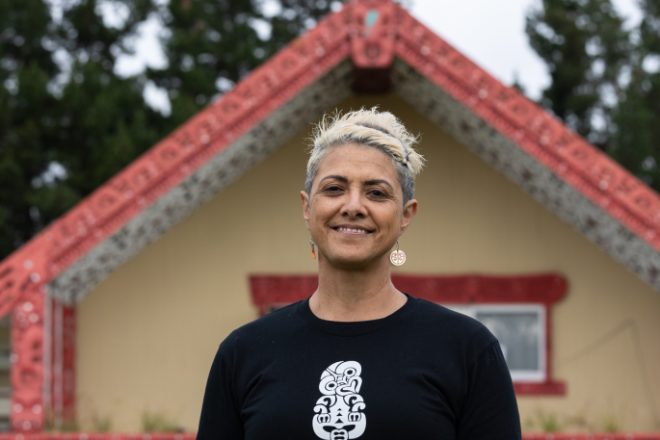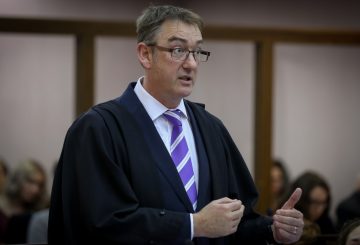Jolie Davis, một thành viên của bộ lạc Ngāti Kuri và Te Rarawa, gần đây đã tham gia Hội nghị Rongoā Māori đầu tiên ở Rotorua. Sự kiện kéo dài hai ngày vào tháng 5, được tài trợ bởi ACC, đã quy tụ hơn 450 học viên và nhà cung cấp dịch vụ y tế của Rongoā Māori, một phương pháp chữa bệnh truyền thống của người Maori. Mục tiêu của hội nghị là xây dựng các mối quan hệ và tăng cường hiểu biết về phương pháp chữa bệnh này trong lĩnh vực y tế của New Zealand.
Davis, một thành viên của ban cố vấn chuyên gia ACC cho Rongoā Māori, bày tỏ sự phấn khích của cô về sự kiện này. Cô cho biết đây là một cơ hội tuyệt vời để tất cả mọi người tham gia chia sẻ kiến thức, học hỏi lẫn nhau và khám phá các cách để phục vụ cộng đồng của họ tốt hơn. Cô hy vọng hội nghị sẽ nâng cao nhận thức và hiểu biết về lợi ích của Rongoā Maori và phương pháp chữa bệnh truyền thống.
Davis, người gốc Viễn Bắc và hiện có trụ sở tại Wellington, quản lý Manawa Ora. Cô đã nhận thấy sự hồi sinh trong phương pháp chữa bệnh truyền thống của người Māori. Rongoā Māori đặt mục tiêu khôi phục sự cân bằng và xác định nguyên nhân gốc rễ của bệnh tật và mất sức khỏe. Cô cho biết ngày càng có nhiều người tỏ ra quan tâm đến việc tìm hiểu và tiếp cận Rongoā Māori.
Cô cho rằng niềm đam mê của mình đối với Rongoā Māori là do sự giáo dục của cô trong một cộng đồng nơi đó là một phần bình thường của cuộc sống. Cô cho biết nó không chỉ được sử dụng để điều trị bệnh tật hoặc chấn thương mà còn để duy trì sức khỏe tổng thể.
Kể từ tháng 6 năm 2020, ACC đã cung cấp Rongoā Māori như một lựa chọn phục hồi và đã đưa nó vào hơn 10.000 yêu cầu bồi thường. Hiện tại, có 200 học viên đăng ký với ACC từ Viễn Bắc đến Đảo Stewart, và 24 tổ chức hoặc học viên ở Northland cung cấp các dịch vụ Rongoā Māori. Từ tháng 6 năm 2020 đến tháng 3 năm 2024, ACC đã hỗ trợ truy cập vào các dịch vụ Rongoā Māori cho 658 khách hàng ở khu vực Northland.
Davis tin rằng sự ủng hộ của ACC đã góp phần đáng kể vào sự hồi sinh của Rongoā Māori. Bà cho biết số người tìm kiếm dịch vụ của họ đã tăng gấp bốn lần trong ba năm qua. Trong bốn năm qua, ACC đã tài trợ cho hơn 77.000 phiên Rongoā Māori, và số người yêu cầu truy cập vào Rongoā Māori đã tăng gấp đôi. Cô cho biết ACC đã đóng một vai trò quan trọng trong việc làm cho Rongoā Māori dễ tiếp cận hơn với cộng đồng và gia đình của họ.






























































